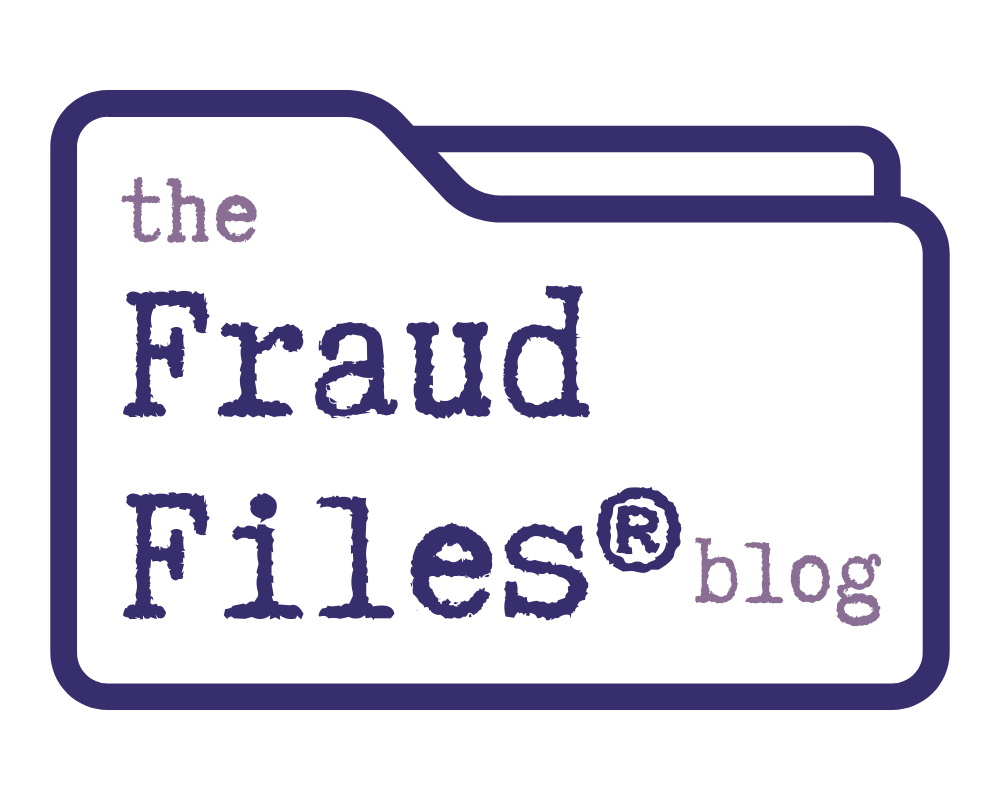While doing some research, I came across an old article written by Joe Wells on analyzing ratios to find fraud. The article Irrational Ratios was published in the Journal of Accountancy, and used the ZZZZ Best case to illustrate the point.
I’m a believer that today’s really good fraudsters manipulate the financial statements so that the ratios are in line with expectations. Executives who are committing fraud know what the financial statements should look like. So we can’t always assume that normal-looking financial statements are free from fraud.
Yet sometimes there’s too much to keep track of, and flaws in the financial statements are revealed with ratio analysis. The longer a fraud goes on, the greater the likelihood that a clue may turn up.
Wells uses this illustration to show where ZZZZ Best’s numbers went wrong. A simple comparison of ratios between years reveals something is going on. (Yoo hoo! Auditors????)
| Exhibit 1: Selected Ratios From ZZZZ Best | |||||||||||||||||||||||||||||||||
|
|
These numbers make no sense at all—they are all over the place. Particularly revealing are the current ratio and the debt to equity and return on equity ratios. The current ratio shows a company with no cash in 1986 despite record “revenues.” The 1986 debt to equity ratio is up 8600% from the prior year; return on equity has dropped by more than 75%. These are not indicators of a legitimate business.
Other clues to the fraud at ZZZZ Best:
- Days’ Sales in Receivables – Compares receivables to sales from year-to-year to see what’s happening. At ZZZZ Best, this ratio was 177,622, compared to a normal ratio of around 1 for other companies. The fact was that between years, ZZZZ Best’s receivables went from $0 to $700,000. The $700,000 balance was fictitious.
- Gross Margin Index – Compares a company’s gross margin between periods. In the case of ZZZZ Best, this comparison wasn’t useful. For other companies, it may be.
- Asset Quality Index – Compares non-current assets to total assets. The higher the non-current assets compared to the total, the lower the quality of assets because the long-term value of such assets is uncertain. This index at ZZZZ Best showed an increase of 97% between years, as compared to a 21% increase between years for companies not engaged in financial statement fraud. This ratio doesn’t prove fraud, but definitely raises a red flag about the ZZZZ Best numbers.
- Sales Growth Index – Companies without financial statement frauds had an index 1.134. ZZZZ Best had an index of 3.905. This could indicate falsification of sales, leading to an unusual amount of “sales growth” per the financial statements.
- Total Accruals to Total Assets – This measures changes in working capital and accruals. In the case of ZZZZ Best, the cash was unusually low and the accruals unusually high. Another clue about fraud.
Ratio analysis isn’t the end all that beats all, but it can definitely be a tool to point an investigator in the general direction of a financial statement manipulation.
One Comment
Leave a Reply to John DoeCancel reply




“Usana’s gross sales to active associate ratio was off its 2 year historic trend in Q2 2007.
What it showed was that revenue did not rise enough based on history for the number of active associates usana claimed. It seemed to me that Usana was loading the active associate number.
Of course, if they got a bunch of associates to order in AP3 or the Q, then maybe it would make sense, but again, this was not the case in the prior two years.”